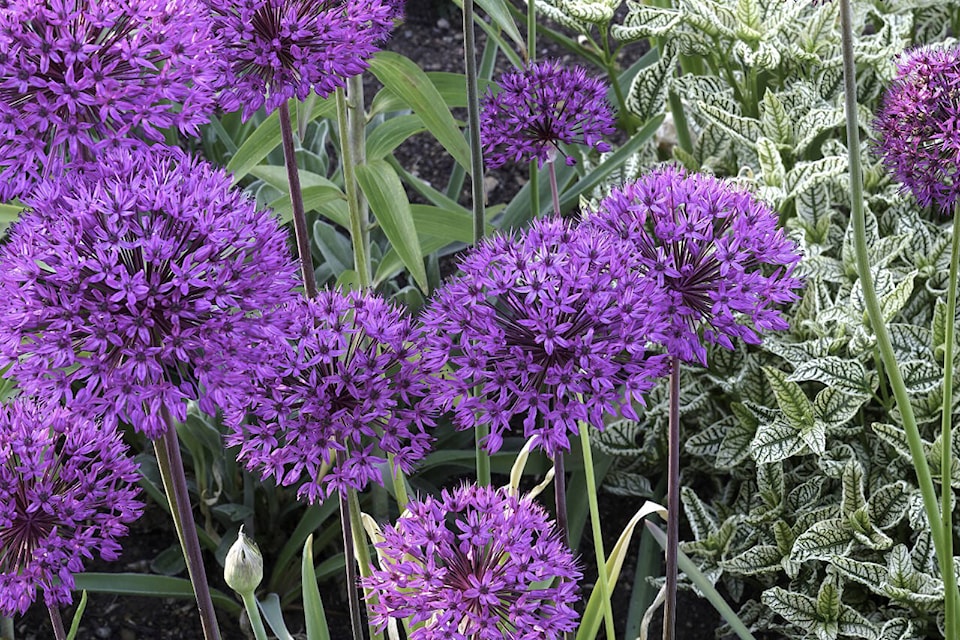LESLIE COX
Special to the Record
Imagine my surprise when I received a preview of a 2023 seed catalogue in my inbox.
I haven’t even finished putting my garden to bed to close out the 2022 season. Am so not ready yet to look all the way ahead to next spring.
Mind you, scrolling through the sneak peek catalogue, I saw quite a few plant seeds that would ideally be scattered into the garden right now. Yes now, in spite of freezing temperatures waiting just around the corner.
The seeds of certain plants need vernalization: a period of exposure to cold, even freezing weather to jump-start the germination process. Examples are allium, poppy, delphinium, foxglove, black-eyed Susan, columbine, penstemon, lobelia, sweet William, and a host of others.
But this need for vernalization is not restricted to flowers. Some vegetables and herbs benefit from a period of vernalization as well. These include kale, cauliflower, rutabaga, leek, parsley, endive, broccoli, lavender, salad burnet, sweet cicely, feverfew, arugula, and more.
Think about it for a moment. Do you remember coming across slender, single-stem seedlings while cleaning up the area where your alliums bloomed the year before? It really pays to let the spent allium flowers drop their seeds before you remove them. Besides, a few stems adorned with spiked hair-dos add a “cool dude” touch to your floral display. And it saves buying allium bulbs in the fall if you want to increase the original patch in the garden.
What about those delphiniums that appeared for a third year when the seed packet or plant tag said they were biennial? The very meaning of biennial is a plant that produces leaves in its first year and flowers in its second year. And then it dies!
Polish your trophy and take full credit for being an awesome gardener who grows three-year-old delphiniums! Just don’t tell anyone you never deadheaded the spent flowers last year. I cherish my Delphinium Trophy because the ‘Pacific Giants’ in the back garden are descendants of the original seeds I started almost 23 years ago. Two-year plants, my foot. Self-seeding plants just rock.
Want a jump-start in the vegetable garden? Let a few of your lettuces, kale, and arugula go to seed in the fall. Come spring you will have respectable-sized seedlings growing that are easy to dig up and relocate into a neat row.
Or, if you prefer to prep your vegetable beds in the fall so they are ready to plant as soon as the weather warms up, you can, in fact, sow these hardy vegetable seeds now and cover them with mulch or leaves. This technique saves valuable indoor windowsill space for growing more tender vegetable seedlings like tomatoes, peppers, and eggplant.
You can also use this same technique if you grow a cutting garden.
Any of the hardy annual flowers will tolerate being left in the garden under a nice blanket of mulch or leaves. These include calendulas, nasturtiums, sweet peas, snapdragons, alyssum, and others.
So, here’s the thing. If you like to start plants from seed but some of your seeds do not sprout, it is probably because they need that vernalization period.
It is definitely what I should have done right off the bat with the seeds for the black-eyed Susan plants John wanted. It took me three tries before I finally figured out where I was going wrong.
Years ago, I came across a saying: “Class is always in session in a garden.” It has stuck with me ever since because, boy, is it ever true!
Leslie Cox co-owns Growing Concern Cottage Garden in Black Creek. Her website is at www.duchessofdirt.ca
